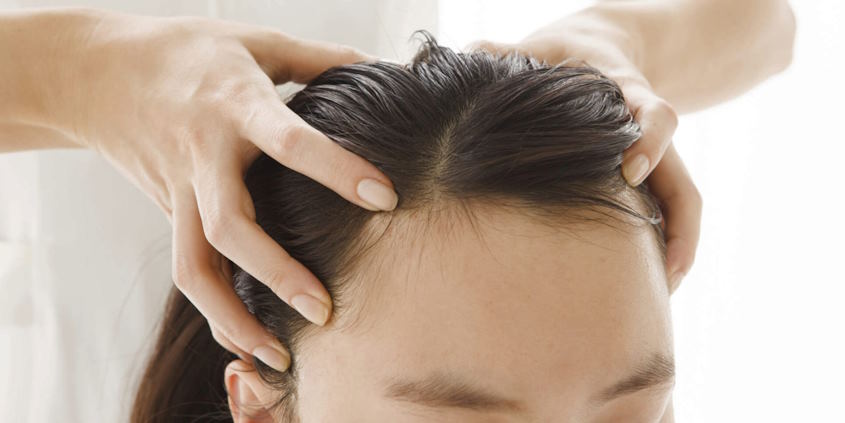Your hair, like you, possesses its own distinct qualities, and grasping its porosity is paramount for unleashing its ultimate vitality. Porosity denotes your hair’s capacity to soak up and preserve moisture, a pivotal factor in choosing the ideal products and methods tailored to your needs.
How to define your type of porosity?
To do it, you can perform various tests at home.
One common method is the float test, in which you place a few strands of clean, dry hair in a bowl of water to observe how they behave. Should your strands hover atop the water’s surface, it suggests low porosity; a slow descent implies normal porosity; while a swift submersion signals high porosity.
Another method is the slip ‘n’ slide test, in which you run a finger along a strand of hair. If your finger glides smoothly, the porosity is likely high; if there’s some resistance but still easy sliding, it’s normal; and if there’s significant resistance, it’s likely low.
Moreover, the spray bottle test entails misting a portion of hair with water to gauge its absorption rate.

Hair care needed for each type of porosity
Tailoring your hair care routine according to hair porosity involves understanding hair’s unique characteristics and selecting products and practices that address their specific needs.
For low-porosity hair, it’s essential to use lightweight, water-based products that won’t weigh it down. Clarifying shampoos can help remove buildup, and heat during deep conditioning treatments can open the cuticle for better product penetration. Avoid heavy oils and butter that may cause buildup, and opt for leave-in conditioners with humectants to attract moisture.
Normal porosity hair requires a balanced approach to hair care. Moisturizing shampoos and conditioners help keep the hair hydrated without weighing it down, while regular deep conditioning treatments nourish the hair and maintain elasticity. Lightweight oils like argan or jojoba oil can seal in moisture without leaving a heavy residue.
High-porosity hair, characterized by open cuticles that absorb moisture easily but struggle to retain it, benefits from protein-rich products that strengthen and repair damage. Deep conditioning treatments with ingredients like hydrolyzed keratin or collagen can fortify the hair shaft. Utilizing heavier oils or butters effectively seals the cuticle, safeguarding against moisture loss. It’s imperative to limit heat styling and chemical treatments. High-porosity hair gets advantages from leave-in conditioners or styling creams, offering added moisture and protection.





